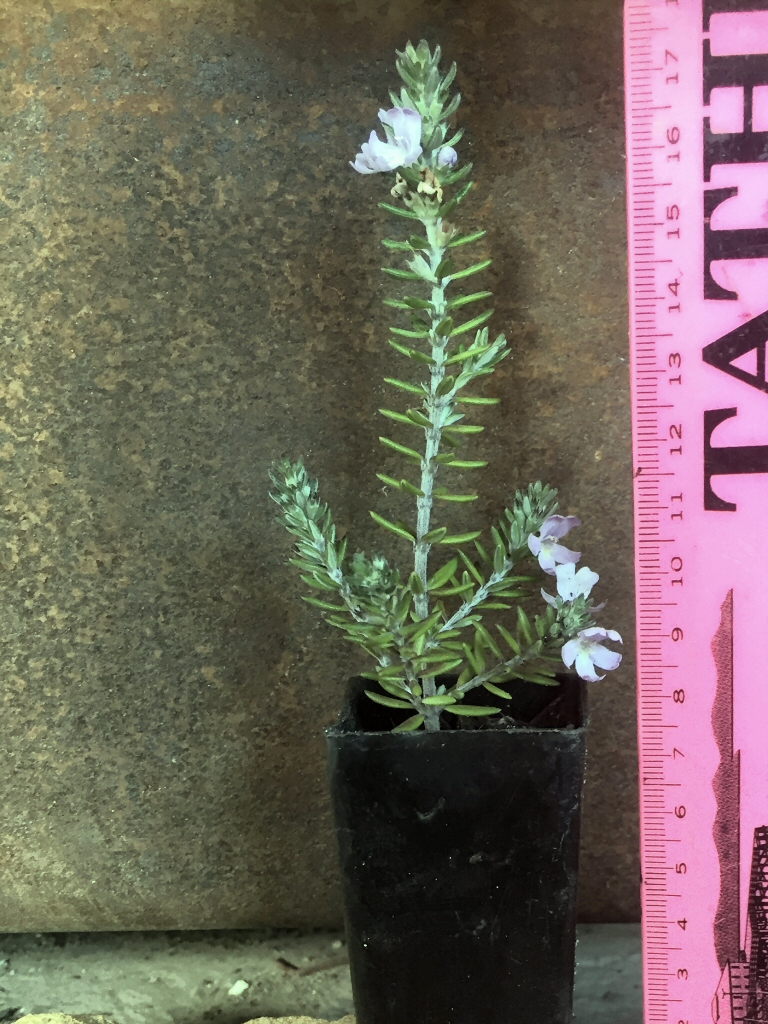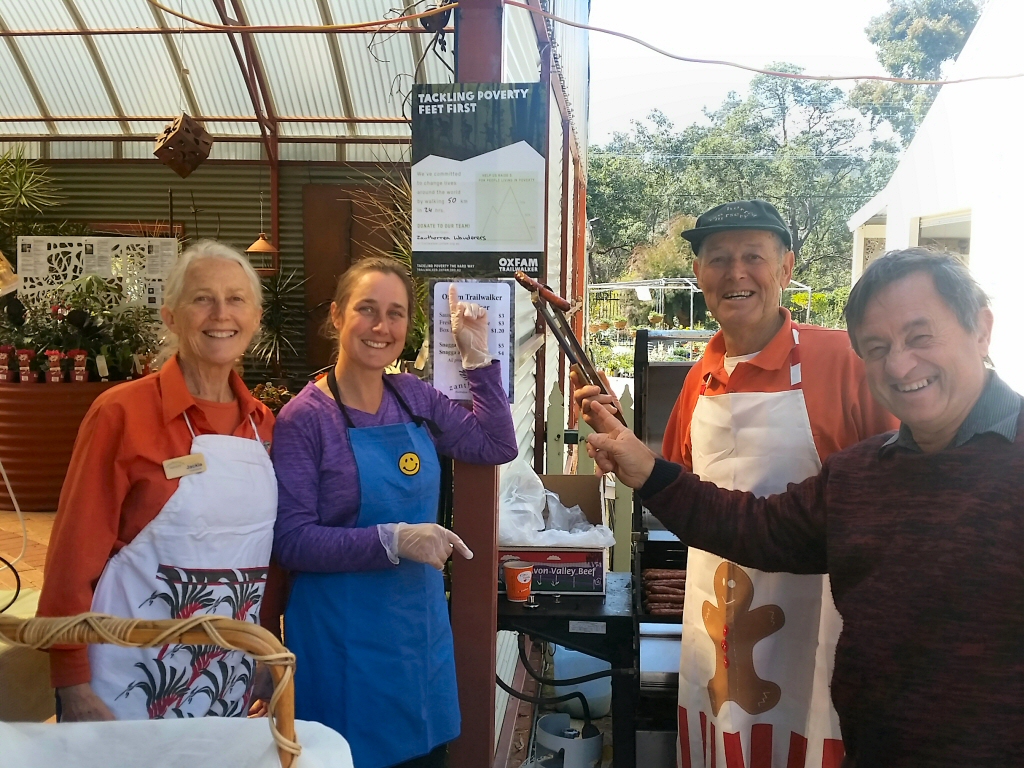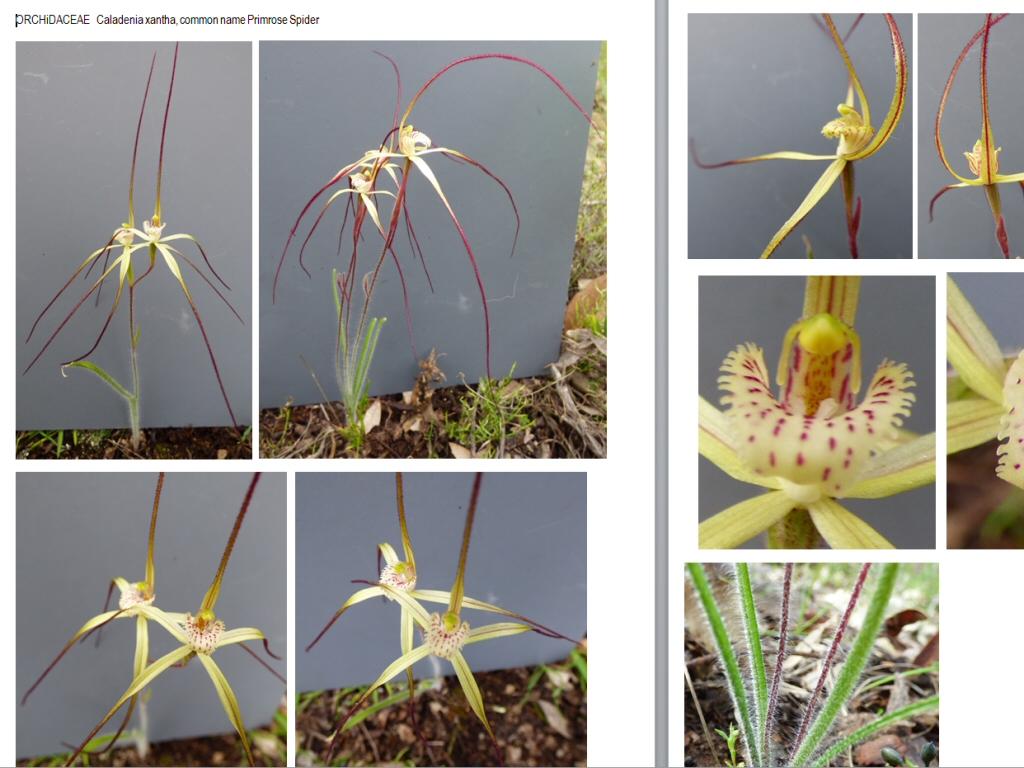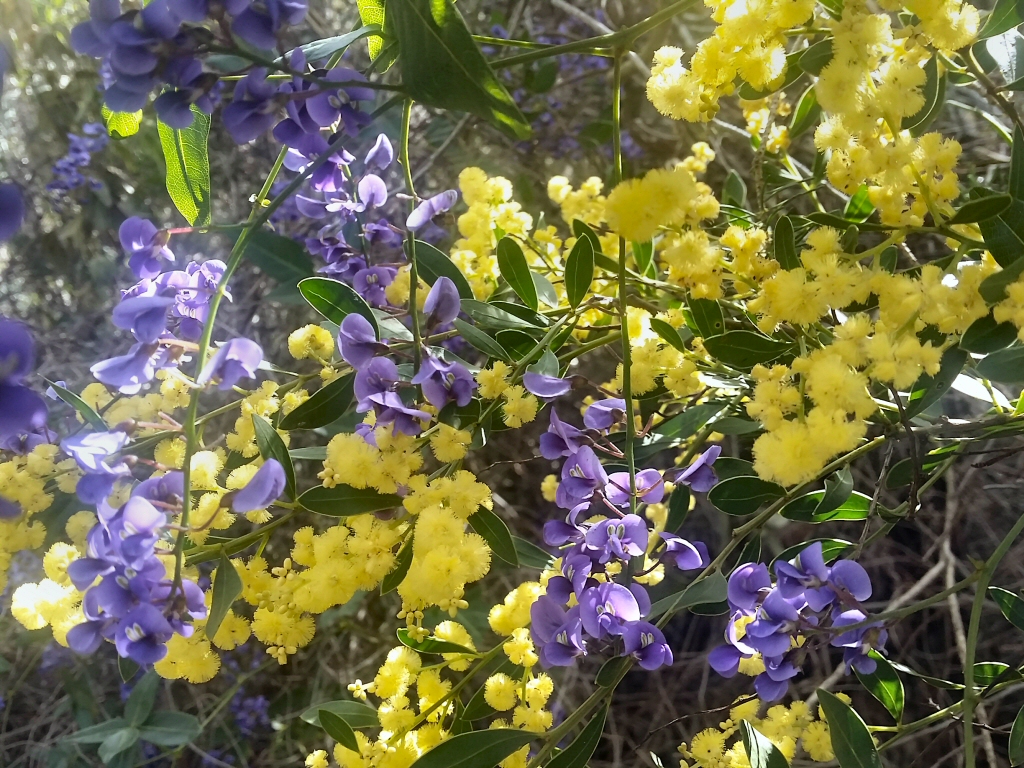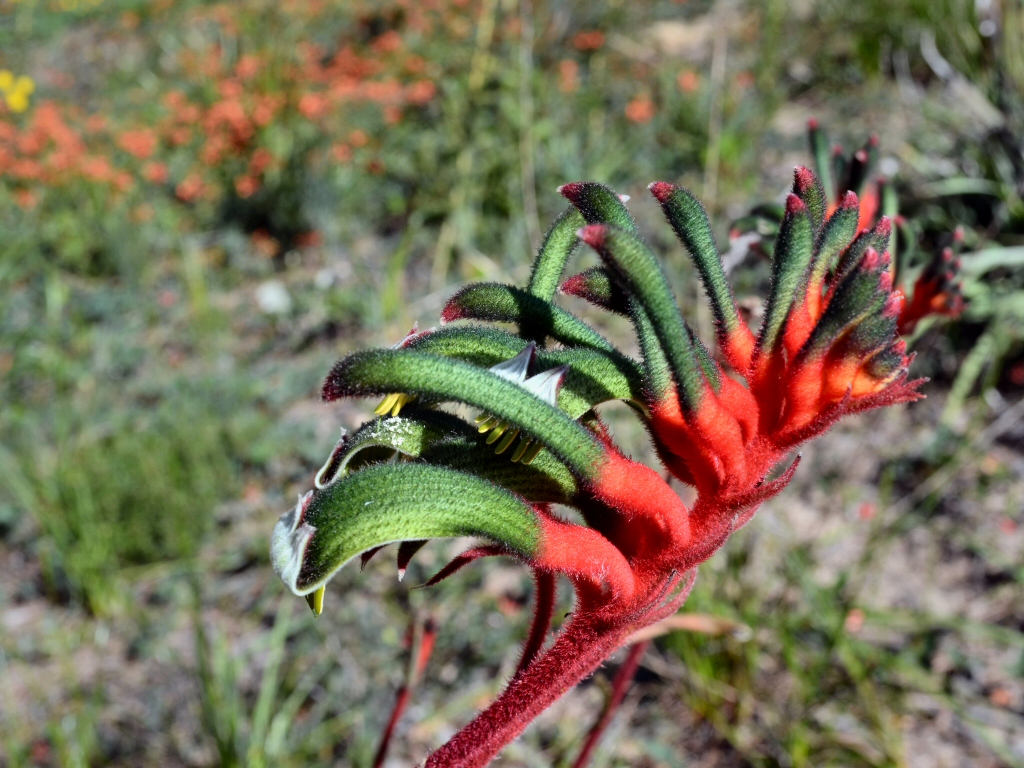Depending on where you are in this vast continent, the sap is stirring and plants are either out of or starting to come out of their winter hibernation. As such we thought it would be a good time to talk about planting, and as we continue to be encouraged by how many of you are ordering tubestock plants from our online shop, here come some tips for successful handling of plants this size…..
Small plants, if looked after appropriately, have excellent survival rates and often catch up quickly to larger plants (especially if they are at all root bound in their pots). In addition, their smaller size makes them much more affordable with lower freight costs as well.
There are a couple of really important points to make about planting tubestock to maximise your success rates. Preparing the planting hole is particularly vital because the potting mix is usually much more open than the soil your plant is being planted into. Dig a hole several times larger than the root ball of your plant and, if possible, mix some potting mix into it and fluff it up so it is a similar in texture to the potting mix of your tubestock plants. Add a handful of a fertiliser suitable for native plants (I recommend Bush Tucker of course, an organically based fertiliser designed by myself and soil scientist Simon Leake). Mix this in well with the soil that you are going to backfill the planting hole with.
Another absolutely essential step in planting is to plunge the tubes into a bucket of water to completely saturate the potting mix before the plant is removed from the tube. This ensures it is fully charged up with moisture before it goes into the planting hole. Once you have planted it, form a saucer-shaped well around the base of your plant to retain water to enable it to soak in, whether it is rainwater or you are irrigating your plant.
Remember during the first month after planting that you need to ensure the plant does not dry out while it is sending out new roots into the soil. If there is insufficient rainfall to keep the moisture up then do not be afraid to irrigate. For a more extensive guide to planting, see our new planting care guide for tubes>>>
Western Australian Wildflowers
I am away on my annual pilgrimage to the west for my fix of Western Australian wildflowers, arguably the world’s most biodiverse flora. As well as taking a fully booked party from Ross Garden Tours on a jaunt across the south coast I have just spent a couple of weeks with a variety of wildflower warriors from the west. On September 3rd I gave a talk at one of our wonderful sponsor nurseries, Zanthorrea Nursery at Maida Vale in support of their Oxfam Charity Walk against poverty. Alec and Jackie Hooper and their trusty team are doing the walk.
I was also privileged to be part of the Blooming Wild Festival that runs each year in the south western corner of WA. I gave a talk on growing Western Australian plants to an enthusiastic audience at Boyup Brook. The Visitor Centre there is a rare gem with a garden of indigenous flora as well as folders full photos identifying many of the local wildflowers.
This image shows a page of detailed photos of Caldenia xantha, the primrose orchid. A really impressive ‘citizen science’ project that is a wonderful model for communities across Australia.
You may recall the bushfire that played havoc with the small WA town of Yarloop. Amidst the destruction of the fire there was a positive side with the blooming of the bush this spring bringing one of the most vibrant wildflower displays I have ever seen. Simply stunning!
I loved this red tipped Anigozanthos manglesii – in all my years of wandering through wildflowers, I’ve not seen this colour version before.
The launch of Grow Your Own
Along with co-author, soil scientist and great friend Simon Leake, I am excited about the upcoming launches of our new book, which is a practical guide to urban farming , called Grow Your Own.

